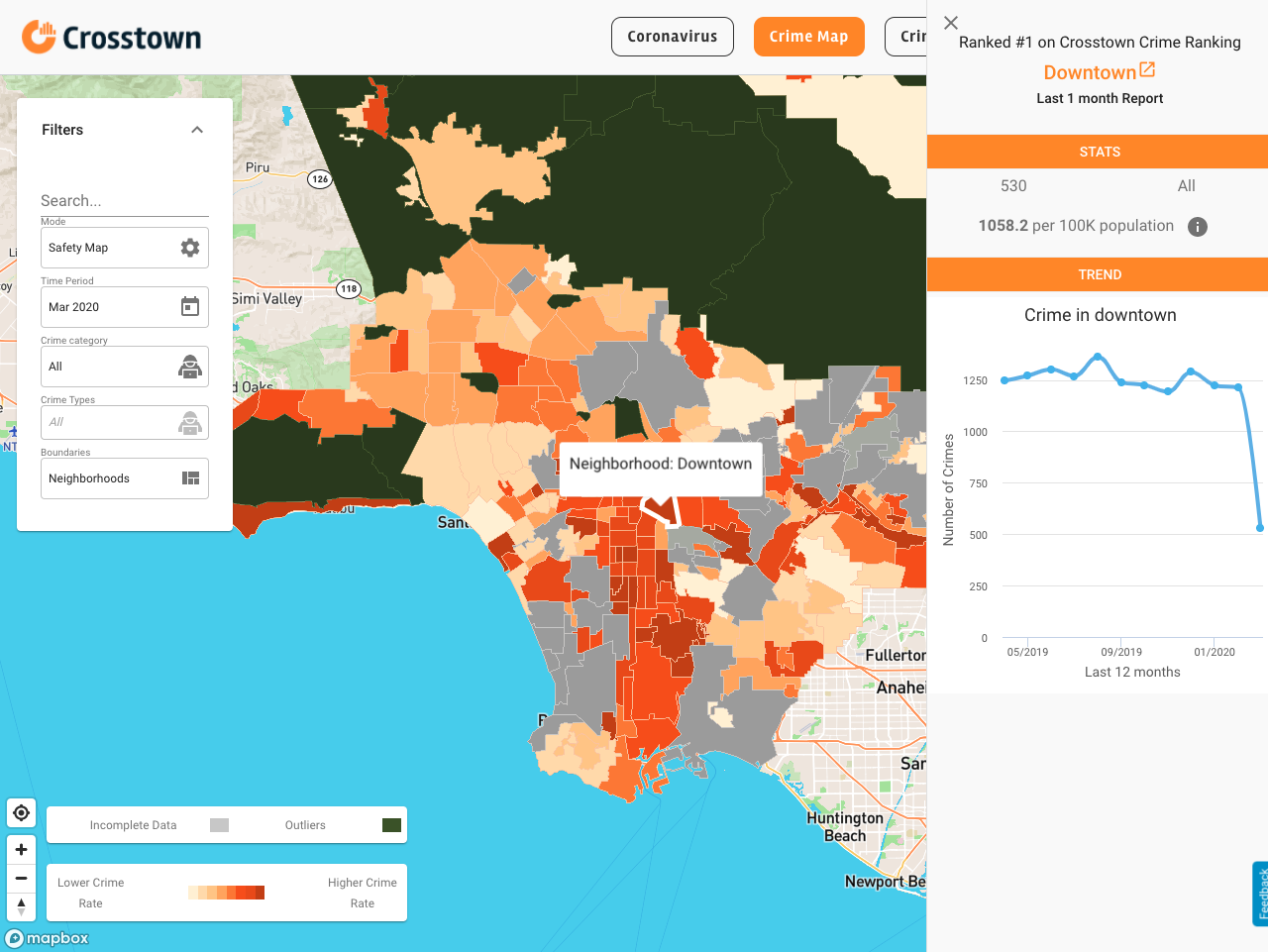Deadliest year yet for animals on the streets of Los Angeles

Last year, Los Angeles notched the highest number of animals being run over on record. This year isn’t looking any better.
During 2024, the city received 32,398 requests to remove dead animals from the streets, according to records from the MyLA311 service data. That’s a 10% increase from the previous year and a 30% jump from five years prior.

As any resident in the city has witnessed, the tally includes cats, possums, raccoons, squirrels and sometimes dogs or even coyotes. Tragically, a mountain lion can also be part of the mix. There is no single factor driving the increase. Rather, a range of conditions built into the Southern California landscape all contribute. These include an expanding urban sprawl that brings development ever further into wildlife areas. Also, recent rainy years can lead to bigger litters of all sorts of creatures. That, in turn, drives the number of killed animals higher in successive years.
So far in 2025, the city has received 6,500 requests to remove an animal carcass from the street. That’s one more than during the same period a year ago.
The highest months for animal deaths usually occur between late March and October. The animal services professionals have a name for it: kitten season. That’s when litters of small animals are grown enough to venture out into the world and maybe attempt to cross the street.
For years, the city of Los Angeles has been combating a feral cat problem. The city’s Department of Animal Services estimates that there are nearly one million feral cats (they refer to them as “community cats”) roaming the streets, a number which can spike further without ongoing mitigation efforts.
The chief strategy is to trap the feral cats and then sterilize them. With so many felines out there, Animal Services enlists the help of residents to do the job. They encourage people to get a cat-trapping permit from the city (see the details here), then set up a cage that can attract a cat. Once trapped, Animal Services will perform the sterilization.
It’s a massive operation. Last fiscal year, which ended June 30, 2024, a total of 18,844 animals were captured and sterilized. The city is on track to exceed that this fiscal year. As of March 10, Animal Services had captured 18,293 cats.
There is no corner of the city where animals are safe. But some areas produce a lot more roadkill than others. Communities in the Valley, where there are lots of trees and lots of cars, tend to produce the highest numbers. In fact, Northridge, Van Nuys and Sylmar were the second, third and fourth highest neighborhoods in the city for number of animals killed. But the most dangerous place for animals to cross was at the city’s southern tip: San Pedro, with 867 reports.
This video explains the process to become a licensed cat-trapper.
How we did it: We examined more than eight years of reports from the city’s MyLA311 service data. We then compared each one of those years. In addition, we broke down the requests by neighborhood.
Have questions about our data or want to ask a question? Write to us as askus@xtown.la.






